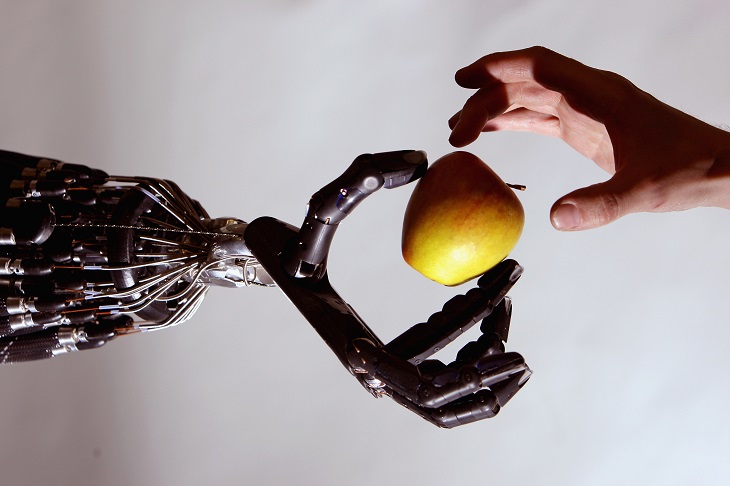Silicon Valley is having a meltdown over Google’s Gemini AI image generator after it flooded social media with a fake and overtly Woke interpretation of the world.
From black female Popes to ‘Vikings’ cosplaying as Maasai warriors, even Google admits that something has gone very wrong.
Why did it take social media outrage to trigger a response? When did the developers find out about the error? Were any concerns raised during testing? Were they happy with the AI chatbot before it became a matter of media attention?
Important questions they will never answer.
Already a subscriber? Log in
Subscribe for just $2 a week
Try a month of The Spectator Australia absolutely free and without commitment. Not only that but – if you choose to continue – you’ll pay just $2 a week for your first year.
- Unlimited access to spectator.com.au and app
- The weekly edition on the Spectator Australia app
- Spectator podcasts and newsletters
- Full access to spectator.co.uk


























Comments
Don't miss out
Join the conversation with other Spectator Australia readers. Subscribe to leave a comment.
SUBSCRIBEAlready a subscriber? Log in